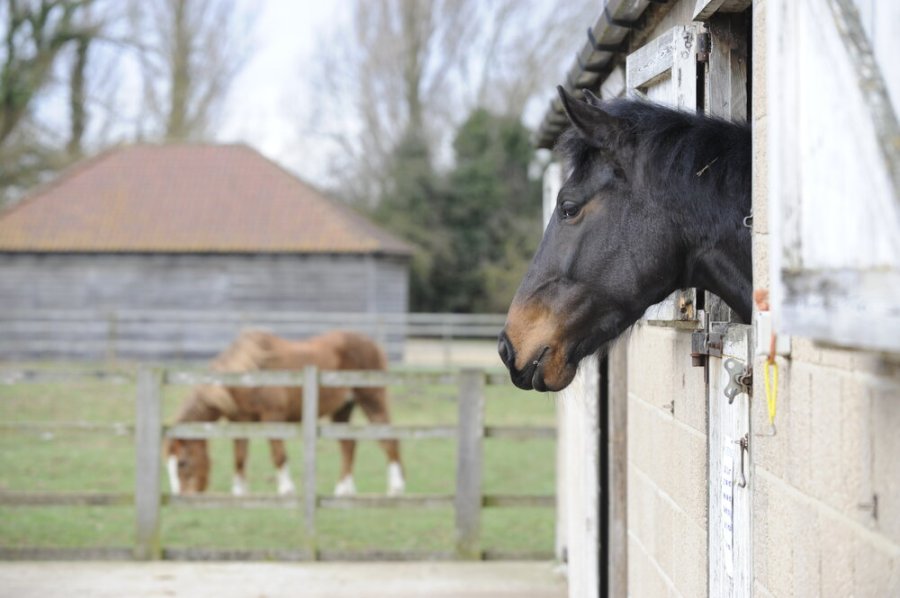Many horses spend a significant amount of time in a stable, especially in the winter when the ground becomes too wet for them to go out in a field regularly. However, standing in a stable for long periods of time can have a significant affect on a horse’s wellbeing — both in terms of the physical and mental health.
Animal behaviourist Sue McDonald carried out a study in the USA which showed that wild horses can travel up to 100km per day at certain times of the year. Before this study it was believed that horses travelled around 30km.
The study involved a herd of semi-feral Shetland ponies, each one wearing a GPS tracker to record their activity.
Results showed that there is a major difference between the freedom to roam that horses are naturally designed to do and being confined to a stable.
Horses evolved to graze with their head down and move at least one foot every three to five seconds, yet by stabling them, using haynets and not allowing them to move around, we deprive them of this.
“In these situations, horses often shut down and are quiet, which owners misinterpret as being settled,” explains certified behavioural consultant Justine Harrison.
“Add to this not being able to touch other horses and we are depriving them of their natural herd instincts. This is when we see behavioural issues starting.”
Moving more
A separate study of 16 horses, all kept in different situations, found that they are healthier and happier when out in the paddock. Group housing also scored well. The findings showed that the more isolated a horse becomes, the higher their stress levels.
Many competition horses are kept stabled.
“We wouldn’t expect Usain Bolt to come out, train for an hour and then go back into a room the size of a bathroom for 23 hours, so why do we think it’s OK for our horses?” questions Justine.
Physical issues can quickly become a problem for horses unable to move regularly.
“Add to this the days when owners decide not to ride, and the situation is exacerbated. It’s just like box rest and we know how hard that can be on horses in these situations.”
Justine has realistic expectations, however.
“Lots of horses appreciate a warm stable and big bed during the winter to get a break from the elements, but they’re always in a rush to get out again the next day.
It’s the same in the summer. It can be useful to stable them for a few hours when the sun is at its hottest.
“I’ve met some horses who need to be retrained to be turned out as they’ve never experienced it. This is not the right option for our horses.”
Don’t miss the latest issue of Your Horse Magazine, jam-packed with training and veterinary advice, horse-care tips and the latest equestrian products available on shop shelves, on sale now.









